10 Best Herbal Tinctures For Leg Pain
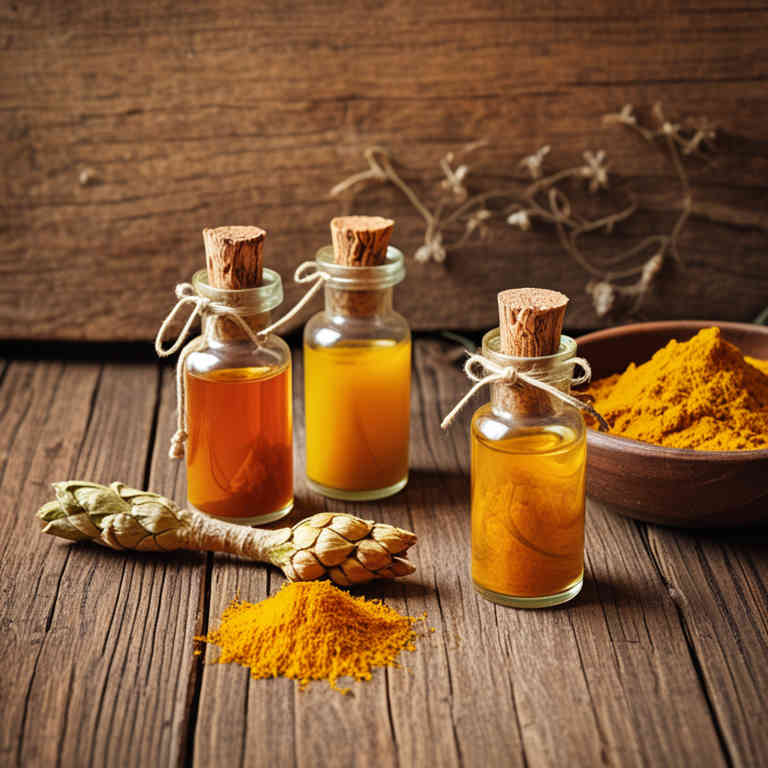
Herbal tinctures have gained popularity as a natural remedy for alleviating leg pain, offering an alternative to conventional pharmaceutical treatments.
These concentrated liquid extracts are typically made by soaking herbs in alcohol or glycerin, allowing the active compounds to be absorbed more efficiently by the body. Common herbs used in leg pain tinctures include willow bark, ginger, turmeric, and devil’s claw, all known for their anti-inflammatory and pain-relieving properties. When applied topically or taken orally, these tinctures can help reduce swelling, improve circulation, and ease discomfort associated with conditions like arthritis, muscle strain, or varicose veins.
However, it is important to consult a healthcare professional before use, especially for individuals with allergies or those taking other medications.
FREE COURSE
How to make medicinal herbal tinctures for common ailments at home and in a weekend (using the Healing Drops System).

Table of Contents
1. Hypericum perforatum
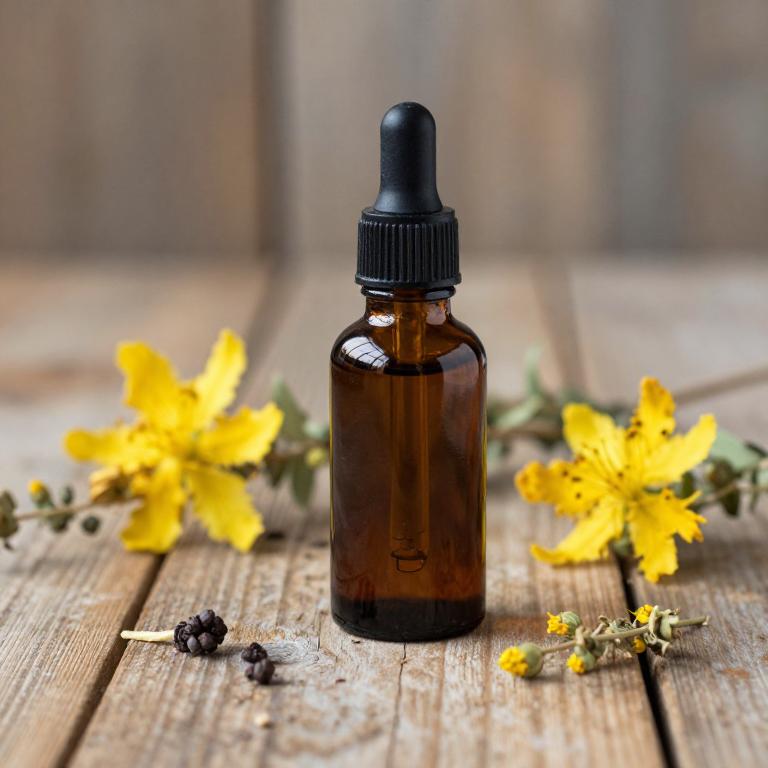
Hypericum perforatum, commonly known as St. John's wort, is a herbal plant that has been traditionally used for its potential therapeutic properties, including its ability to alleviate leg pain.
When prepared as a tincture, Hypericum perforatum is often used to address nerve-related pain, such as that associated with conditions like sciatica or peripheral neuropathy. The active compounds in the tincture, including hypericin and hyperforin, are believed to have anti-inflammatory and analgesic effects that may help reduce discomfort in the legs. However, it is important to note that St. John's wort can interact with various medications and should be used under the guidance of a healthcare professional.
As a natural remedy, Hypericum perforatum tinctures may offer a complementary approach to managing leg pain when used appropriately.
2. Arnica montana
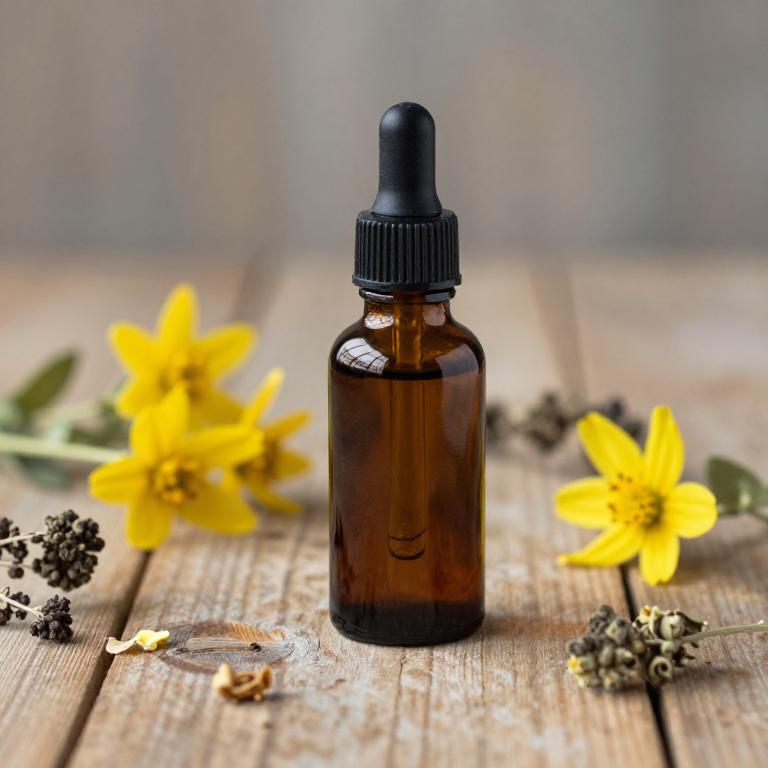
Arnica montana herbal tinctures are commonly used to alleviate leg pain, particularly from injuries, strains, or muscle soreness.
These tinctures are derived from the dried flowers of the Arnica montana plant, which is known for its anti-inflammatory and analgesic properties. When applied topically, the tincture can help reduce swelling, bruising, and discomfort in the legs by increasing blood circulation and promoting tissue repair. However, it is important to note that arnica tinctures should not be ingested and should be avoided on open wounds or broken skin.
Always consult with a healthcare professional before using arnica montana, especially if you are pregnant, nursing, or taking other medications.
3. Equisetum arvense
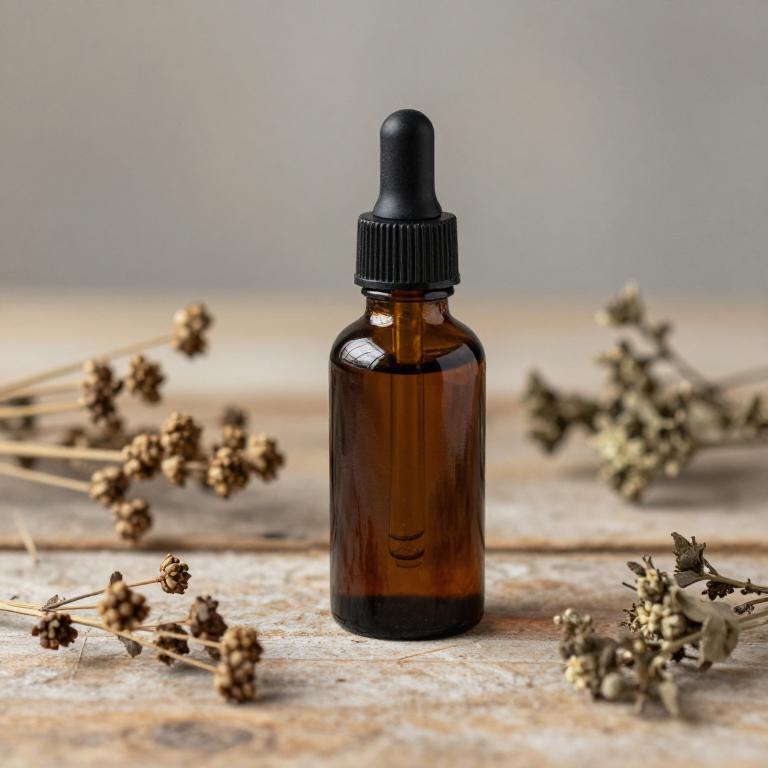
Equisetum arvense, also known as horsetail, is a traditional herb used in herbal tinctures to support joint and muscle health.
Its high concentration of silica and other minerals makes it beneficial for reducing inflammation and promoting tissue repair, which can help alleviate leg pain. When prepared as a tincture, equisetum arvense is often taken orally, typically diluted in water or alcohol, to harness its therapeutic properties. It is particularly useful for conditions such as arthritis, sprains, and muscle strains that may cause discomfort in the legs.
However, it is important to consult with a healthcare professional before use, especially for individuals with existing health conditions or those taking other medications.
4. Cnicus benedictus
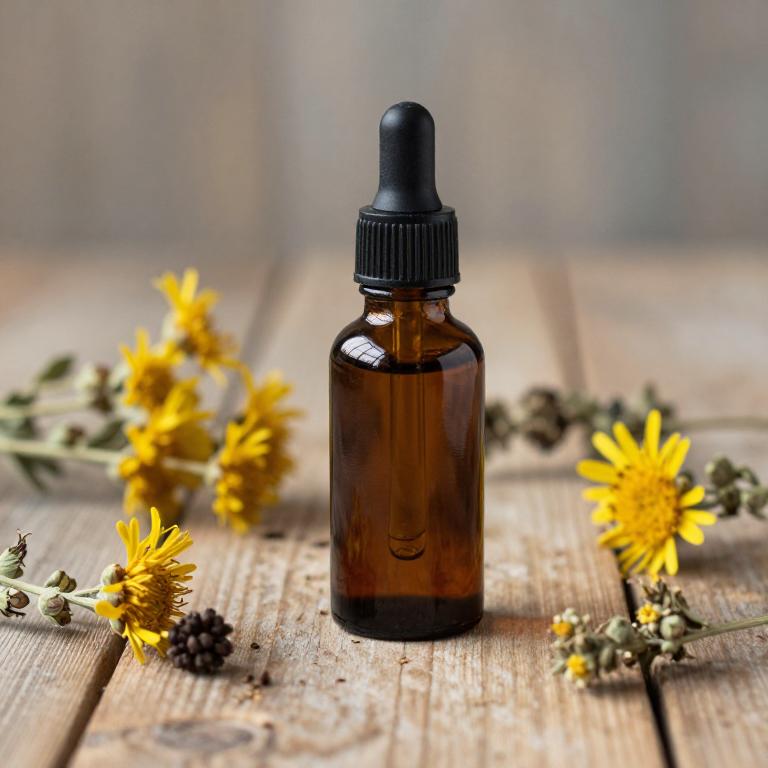
CNICUS BENEDICTUS, also known as blessed thistle, is a herbal remedy that has been traditionally used to support digestive health and alleviate inflammation.
While it is not specifically marketed for leg pain, its anti-inflammatory and analgesic properties may provide some relief for conditions such as arthritis or muscle soreness in the legs. Herbal tinctures made from CNICUS BENEDICTUS are typically prepared by soaking the dried herb in alcohol, allowing the active compounds to be extracted for easier absorption. These tinctures can be taken orally or applied topically, depending on the formulation and recommended use.
However, it is important to consult with a healthcare professional before using CNICUS BENEDICTUS tinctures, especially if you have underlying health conditions or are taking other medications.
5. Vitex agnus-castus

Vitex agnus-castus, commonly known as chasteberry, has been traditionally used in herbal medicine for its potential to support hormonal balance and alleviate various symptoms, including those related to menstrual discomfort.
While it is more commonly associated with women's health, some individuals have reported using vitex tinctures for leg pain, possibly due to its anti-inflammatory and circulatory benefits. The tincture is typically made by soaking the dried fruit in alcohol, allowing the active compounds to be extracted for use. However, it is important to note that scientific evidence specifically linking vitex agnus-castus to leg pain relief is limited, and it should not replace professional medical advice or treatment.
Always consult with a healthcare provider before using herbal remedies, especially if you have underlying health conditions or are taking other medications.
6. Urtica dioica

Urtica dioica, commonly known as stinging nettle, is a medicinal plant that has been used for centuries to alleviate various health issues, including leg pain.
Herbal tinctures made from Urtica dioica are often prepared by soaking the dried leaves in alcohol to extract their active compounds, such as flavonoids and minerals. These tinctures are believed to have anti-inflammatory and analgesic properties that can help reduce pain and swelling in the legs. They are typically used as a natural remedy for conditions like arthritis, varicose veins, and muscle soreness.
While generally considered safe, it is important to consult a healthcare professional before using Urtica dioica tinctures, especially for individuals with existing health conditions or those taking other medications.
7. Salvia officinalis
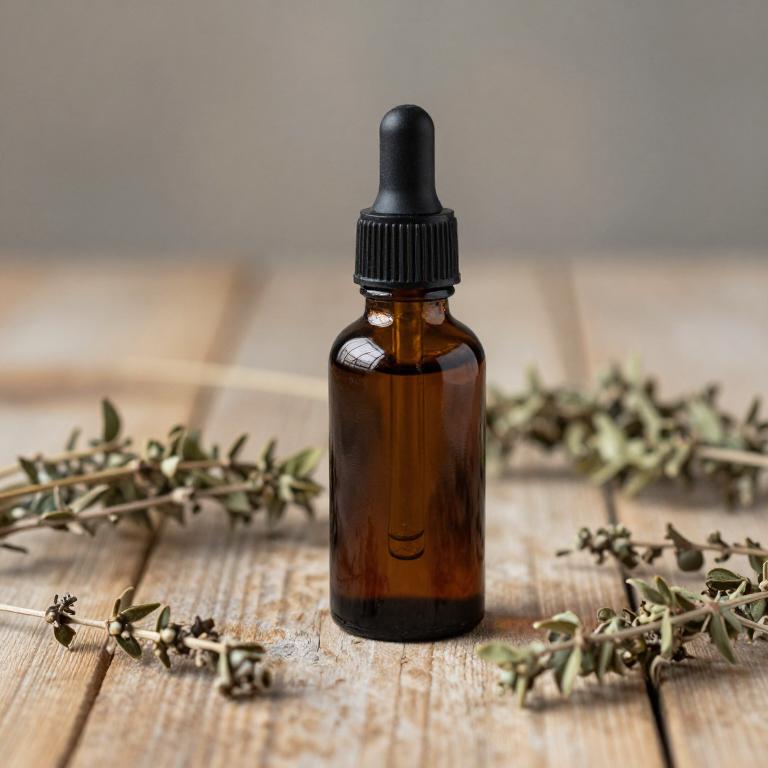
Salvia officinalis, commonly known as sage, has been traditionally used for its medicinal properties, and its herbal tinctures are increasingly being explored for their potential benefits in alleviating leg pain.
These tinctures are typically prepared by soaking the dried leaves of the plant in alcohol, allowing the active compounds to be extracted for therapeutic use. Sage contains compounds such as thujone and flavonoids, which may have anti-inflammatory and analgesic effects that could help reduce discomfort in the legs. While some studies suggest that sage may support muscle and nerve health, more research is needed to confirm its effectiveness for specific types of leg pain.
As with any herbal remedy, it is important to consult with a healthcare professional before using sage tinctures, especially if you have underlying health conditions or are taking other medications.
8. Rhus toxicodendron
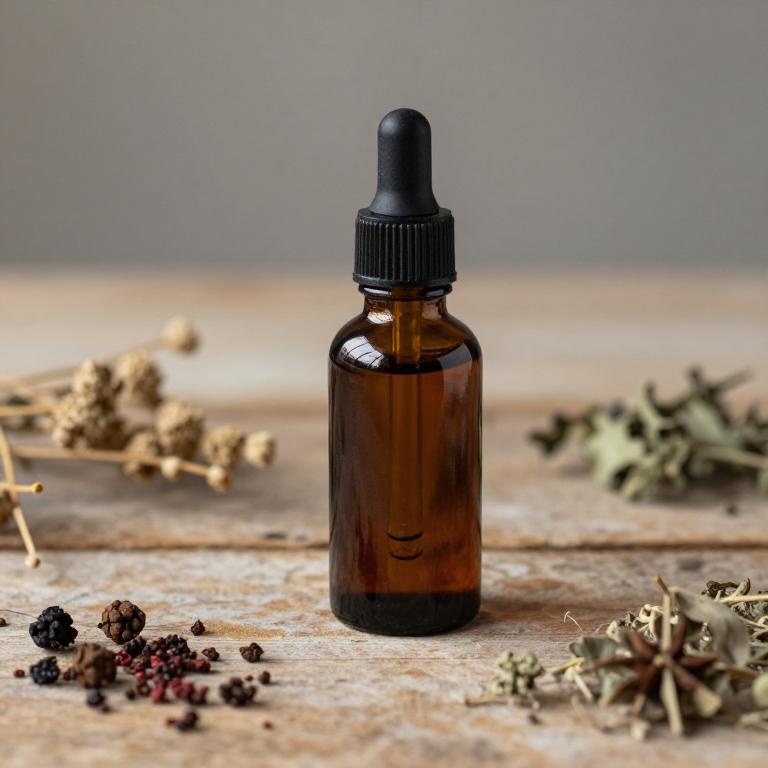
Rhus Toxicodendron, also known as poison ivy, is a commonly used herbal remedy in homeopathy for treating leg pain, particularly when the discomfort is associated with inflammation, stiffness, or nerve-related issues.
The tincture is prepared through a meticulous process of dilution and succussion, making it a potent yet safe remedy for many individuals. It is often recommended for conditions such as sciatica, arthritis, or muscle spasms that affect the lower limbs. The effectiveness of Rhus Toxicodendron tinctures is believed to stem from its ability to reduce inflammation and alleviate nerve irritation.
However, it is important to consult a qualified practitioner to ensure proper dosage and suitability for individual health conditions.
9. Nymphaea alba
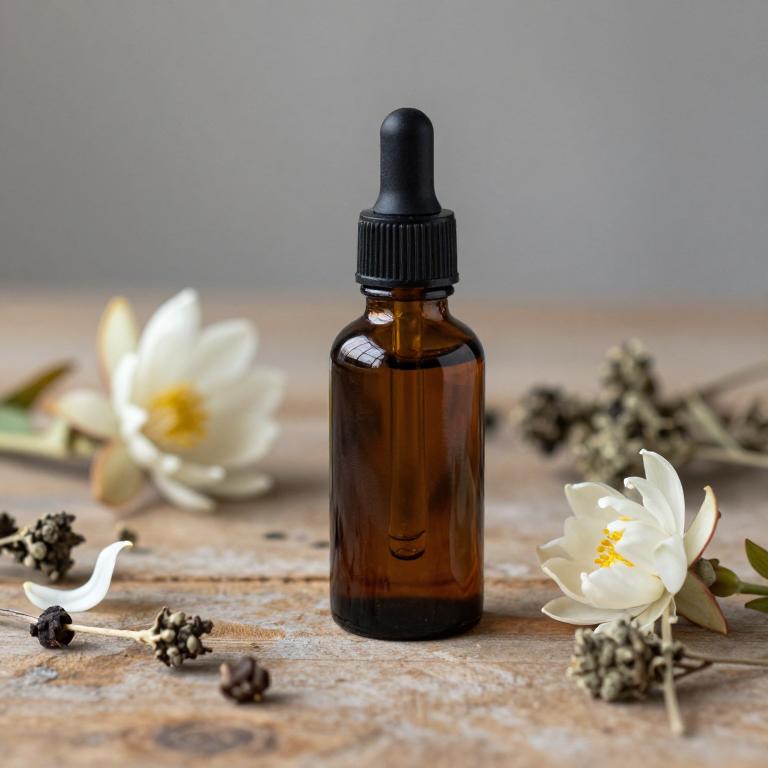
Nymphaea alba, commonly known as the white water lily, has been traditionally used in herbal medicine for its potential anti-inflammatory and analgesic properties.
Herbal tinctures made from Nymphaea alba are believed to help alleviate leg pain by reducing swelling and improving circulation in the lower limbs. These tinctures are typically prepared by soaking the dried plant material in alcohol for several weeks, allowing the active compounds to be extracted. Some studies suggest that the plant contains bioactive compounds such as flavonoids and alkaloids that may contribute to its therapeutic effects.
While more research is needed, many users report relief from chronic leg pain and discomfort when using Nymphaea alba tinctures as part of a holistic treatment approach.
10. Symphytum officinale
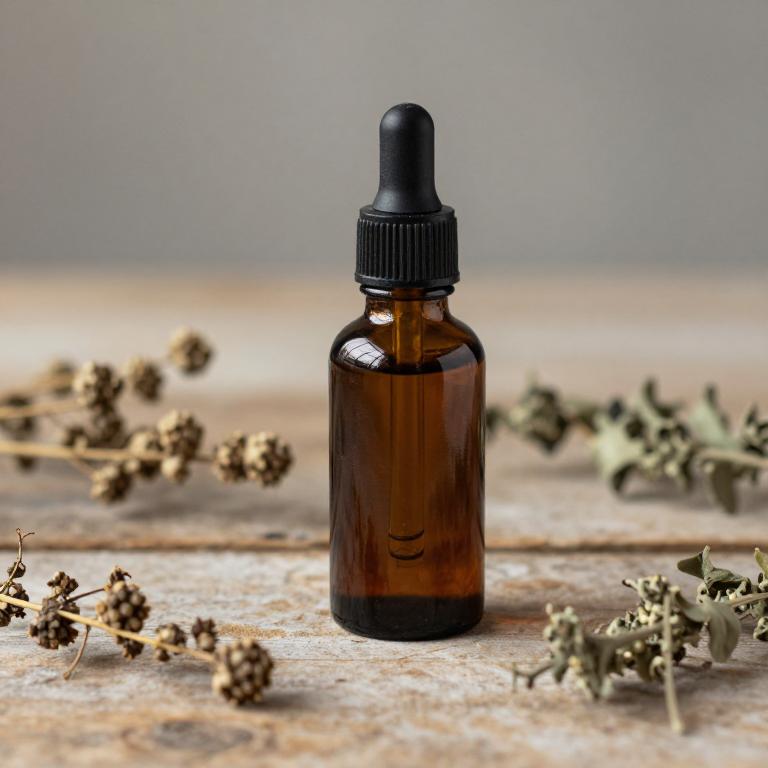
Symphytum officinale, commonly known as boneset, is a traditional herbal remedy that has been used for centuries to alleviate various types of pain, including leg pain.
Its tincture form is often prepared by soaking the dried plant material in alcohol, allowing the active compounds to be extracted for medicinal use. This herb is believed to have anti-inflammatory and analgesic properties, which may help reduce pain and promote healing in conditions such as muscle strains, sprains, or arthritis in the legs. Symphytum officinale tinctures are typically used externally, applied directly to the affected area, though some formulations may be taken internally under professional guidance.
However, due to its potential toxicity, especially when consumed in large doses, it is important to consult a healthcare provider before using this herb for leg pain.